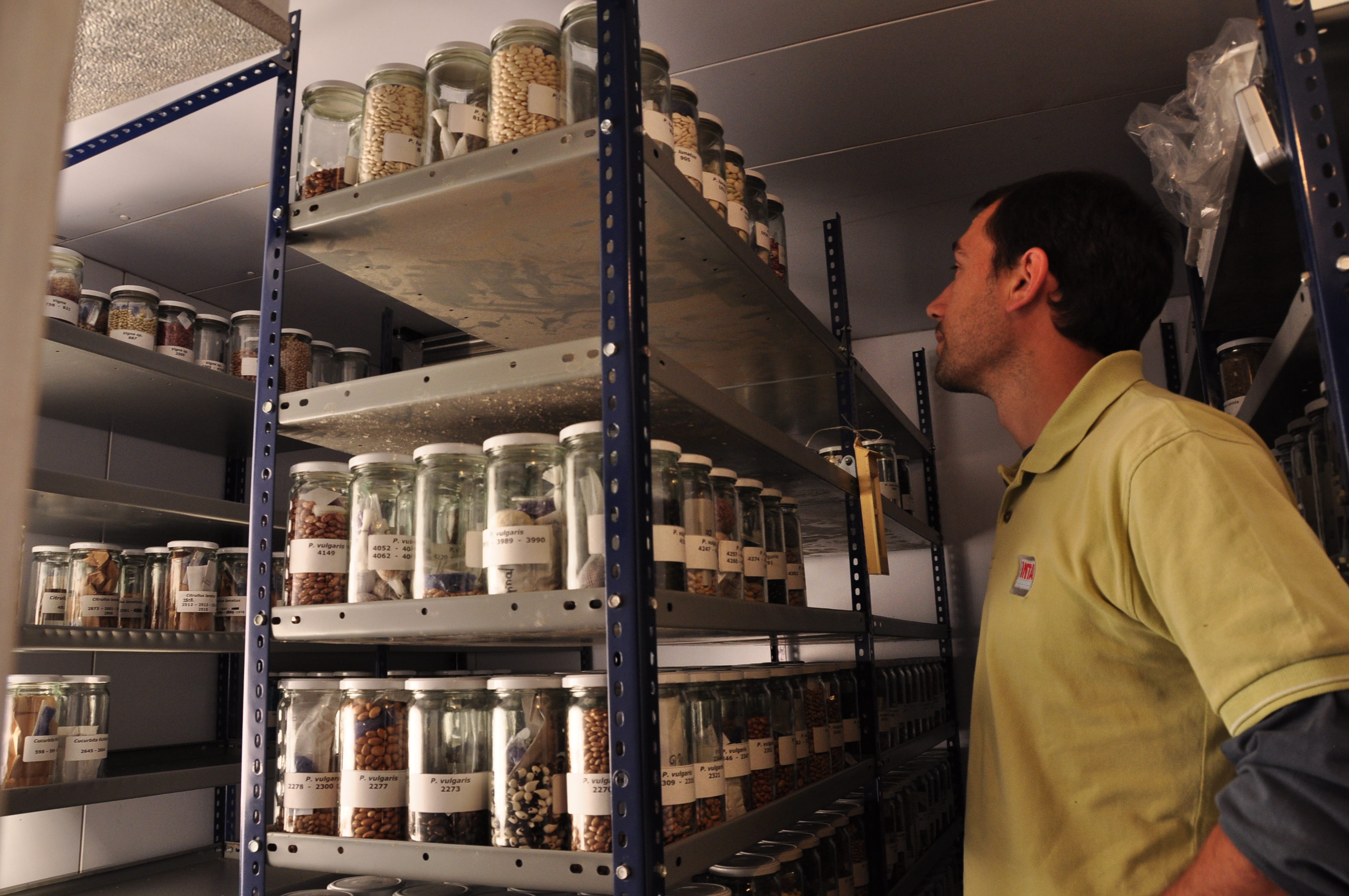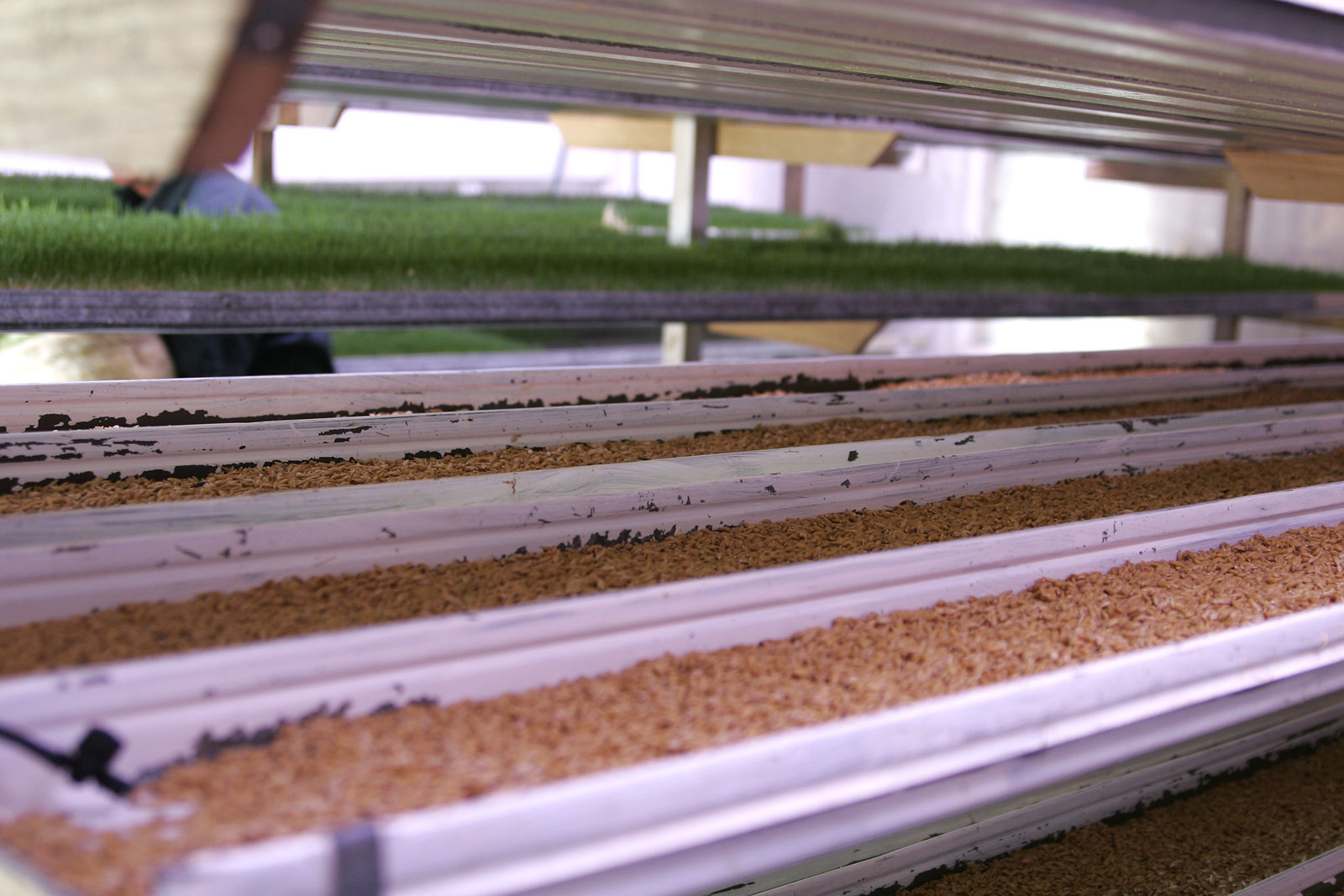|
Azuki Bean
''Vigna angularis'', also known as the , azuki bean, aduki bean, red bean, or red mung bean, is an annual vine widely cultivated throughout East Asia for its small (approximately long) bean. The cultivars most familiar in East Asia have a uniform red color, but there are white, black, gray, and variously mottled varieties. Scientists presume ''Vigna angularis'' var. ''nipponensis'' is the progenitor. Origin and diversity Speciation and domestication The wild ancestor of cultivated adzuki bean is probably ''Vigna angularis'' var. ''nipponensis'', which is distributed across East Asia. Speciation between ''Vigna angularis'' var. ''nipponensis'' and ''Vigna angularis'' var. ''angularis'' occurred around years ago. Wild adzuki likely originated near the Himalayas and spread naturally to central China and Japan. Archaeologists estimate it was domesticated around 3000 BC. However, adzuki beans, as well as soybeans, dating from 3000 BC to 2000 BC are indicated to still be la ... [...More Info...] [...Related Items...] OR: [Wikipedia] [Google] [Baidu] |
Jisaburo Ohwi
was a Japanese botanist. He was a distinguished member of the Faculty of Science of Kyoto Imperial University. He is perhaps best known for his 1953 . Species named after Ohwi * (Cyperaceae) '' Carex ohwii'' Masam. * (Cyperaceae) '' Cyperus ohwii'' Kük. * (Lamiaceae) '' Clerodendrum ohwii'' Kaneh. & Hatus. * (Lamiaceae) '' Isodon × ohwii'' Okuyama * (Lamiaceae) '' Rabdosia × ohwii'' (Okuyama), Hara * (Melastomataceae) '' Medinilla ohwii '' Nayar. * (Orchidaceae) '' Epipactis ohwii '' Fukuy. * (Orchidaceae) '' Lecanorchis ohwii '' Masam. * (Orchidaceae) '' Oreorchis ohwii '' Fukuy. * (Poaceae) '' Panicum ohwii '' * (Poaceae) '' Sasa ohwii '' Koidz. * (Rosaceae) '' Prunus ohwii '' Kaneh. & Hatus. * (Ruscaceae) '' Ophiopogon ohwii'' Okuyama * (Saxifragaceae) '' Saxifraga ohwii '' Tatew. References External links IPNI Author Details for Jisaburo Ohwi (1905–1977)from the International Plant Names Index The International Plant Names Index (IPNI) d ... [...More Info...] [...Related Items...] OR: [Wikipedia] [Google] [Baidu] |
Domestication
Domestication is a multi-generational Mutualism (biology), mutualistic relationship in which an animal species, such as humans or leafcutter ants, takes over control and care of another species, such as sheep or fungi, to obtain from them a steady supply of resources, such as meat, milk, or labor. The process is gradual and geographically diffuse, based on trial and error. Domestication affected genes for behavior in animals, making them less aggressive. In plants, domestication affected genes for morphology, such as increasing seed size and stopping the Shattering (agriculture), shattering of cereal seedheads. Such changes both make domesticated organisms easier to handle and reduce their ability to survive in the wild. The first Domestication of animals, animal to be domesticated by humans was the domestication of the dog, dog, as a Commensalism, commensal, at least 15,000 years ago. Other animals, including goats, sheep, and cows, were domesticated around 11,000 years ago. A ... [...More Info...] [...Related Items...] OR: [Wikipedia] [Google] [Baidu] |
Historical Kana Orthography
The , or , refers to the in general use until orthographic reforms after World War II; the current orthography was adopted by Cabinet order in 1946. By that point the historical orthography was no longer in accord with Japanese pronunciation. It differs from modern usage ('' Gendai kana-zukai'') in the number of characters and the way those characters are used. There was considerable opposition to the official adoption of the current orthography, on the grounds that the historical orthography conveys meanings better, and some writers continued to use it for many years after. The historical orthography is found in almost all Japanese dictionaries, such as '' Kōjien.'' In the current edition of the ''Kōjien,'' if the historical orthography is different from the modern spelling, the old spelling is printed in tiny ''katakana'' between the modern ''kana'' and ''kanji'' transcriptions of the word. Ellipses are used to save space when the historical and modern spellings are id ... [...More Info...] [...Related Items...] OR: [Wikipedia] [Google] [Baidu] |
Cultivars
A cultivar is a kind of cultivated plant that people have selected for desired traits and which retains those traits when propagated. Methods used to propagate cultivars include division, root and stem cuttings, offsets, grafting, tissue culture, or carefully controlled seed production. Most cultivars arise from deliberate human manipulation, but some originate from wild plants that have distinctive characteristics. Cultivar names are chosen according to rules of the International Code of Nomenclature for Cultivated Plants (ICNCP), and not all cultivated plants qualify as cultivars. Horticulturists generally believe the word ''cultivar''''Cultivar'' () has two meanings, as explained in '' Formal definition'': it is a classification category and a taxonomic unit within the category. When referring to a taxon, the word does not apply to an individual plant but to all plants that share the unique characteristics that define the cultivar. was coined as a term meaning "cultivated ... [...More Info...] [...Related Items...] OR: [Wikipedia] [Google] [Baidu] |
Weed
A weed is a plant considered undesirable in a particular situation, growing where it conflicts with human preferences, needs, or goals.Harlan, J. R., & deWet, J. M. (1965). Some thoughts about weeds. ''Economic botany'', ''19''(1), 16-24. Plants with characteristics that make them hazardous, aesthetically unappealing, difficult to control in managed environments, or otherwise unwanted in agriculture, farm land, Orchard, orchards, gardens, lawns, Park, parks, recreational spaces, residential and industrial areas, may all be considered weeds.Holzner, W., & Numata, M. (Eds.). (2013). ''Biology and ecology of weeds'' (Vol. 2). Springer Science & Business Media. The concept of weeds is particularly significant in agriculture, where the presence of weeds in fields used to grow crops may cause major losses in yields. Invasive species, plants introduced to an environment where their presence negatively impacts the overall functioning and biodiversity of the ecosystem, may also sometime ... [...More Info...] [...Related Items...] OR: [Wikipedia] [Google] [Baidu] |
Hokkaido
is the list of islands of Japan by area, second-largest island of Japan and comprises the largest and northernmost prefectures of Japan, prefecture, making up its own list of regions of Japan, region. The Tsugaru Strait separates Hokkaidō from Honshu; the two islands are connected by railway via the Seikan Tunnel. The largest city on Hokkaido is its capital, Sapporo, which is also its only cities designated by government ordinance of Japan, ordinance-designated city. Sakhalin lies about to the north of Hokkaidō, and to the east and northeast are the Kuril Islands, which are administered by Russia, though the four most southerly are Kuril Islands dispute, claimed by Japan. The position of the island on the northern end of the archipelago results in a colder climate, with the island seeing significant snowfall each winter. Despite the harsher climate, it serves as an agricultural breadbasket for many crops. Hokkaido was formerly known as ''Ezo'', ''Yezo'', ''Yeso'', or ''Yes ... [...More Info...] [...Related Items...] OR: [Wikipedia] [Google] [Baidu] |
Beijing
Beijing, Chinese postal romanization, previously romanized as Peking, is the capital city of China. With more than 22 million residents, it is the world's List of national capitals by population, most populous national capital city as well as China's List of cities in China by population, second largest city by urban area after Shanghai. It is located in North China, Northern China, and is governed as a Direct-administered municipalities of China, municipality under the direct administration of the Government of the People's Republic of China, State Council with List of administrative divisions of Beijing, 16 urban, suburban, and rural districts.Figures based on 2006 statistics published in 2007 National Statistical Yearbook of China and available online at archive. Retrieved 21 April 2009. Beijing is mostly surrounded by Hebei Province and neighbors Tianjin to the southeast; together, the three divisions form the Jing-Jin-Ji, Jing-Jin-Ji cluster. Beijing is a global city and ... [...More Info...] [...Related Items...] OR: [Wikipedia] [Google] [Baidu] |
Germplasm
Germplasm refers to genetic resources such as seeds, tissues, and DNA sequences that are maintained for the purpose of animal and plant breeding, conservation efforts, agriculture, and other research uses. These resources may take the form of seed collections stored in seed banks, trees growing in nurseries, animal breeding lines maintained in animal breeding programs or gene banks. Germplasm collections can range from collections of wild species to elite, domesticated breeding lines that have undergone extensive human selection. Germplasm collection is important for the maintenance of biological diversity, food security, and conservation efforts. In the United States, germplasm resources are regulated by the National Genetic Resources Program (NGRP), created by the U.S. congress in 1990. In addition the web server The Germplasm Resources Information Network (GRIN) provides information about germplasms as they pertain to agriculture production. Regulation In the United Stat ... [...More Info...] [...Related Items...] OR: [Wikipedia] [Google] [Baidu] |
Green Manure
In agriculture, a green manure is a crop specifically cultivated to be incorporated into the soil while still green. Typically, the green manure's Biomass (ecology), biomass is incorporated with a plow or disk, as is often done with (brown) manure. The primary goal is to add Soil organic matter, organic matter to the soil for its benefits. Green manuring is often used with legume crops to add nitrogen to the soil for following crops, especially in organic farming, but is also used in Intensive farming, conventional farming. Method of application Farmers apply green manure by blending available plant discards into the soil. Farmers begin the process of green manuring by growing legumes or collecting tree/shrub clippings. Harvesters gather the green manure crops and mix the plant material into the soil. The un-decomposed plants prepare the ground for cash crops by slowly releasing nutrients like nitrogen into the soil. Farmers may decide to add the green manure into the soi ... [...More Info...] [...Related Items...] OR: [Wikipedia] [Google] [Baidu] |
Fodder
Fodder (), also called provender (), is any agriculture, agricultural foodstuff used specifically to feed domesticated livestock, such as cattle, domestic rabbit, rabbits, sheep, horses, chickens and pigs. "Fodder" refers particularly to food given to the animals (including plants cut and carried to them), rather than that which they forage for themselves (called forage). Fodder includes hay, straw, silage, compressed and Compound feed, pelleted feeds, oils and mixed rations, and sprouting, sprouted grains and legumes (such as bean sprouts, fresh malt, or brewing#Brewer's spent grain, spent malt). Most animal feed is from plants, but some manufacturers add ingredients to processed feeds that are of animal origin. The worldwide animal feed trade produced 1.245 billion tons of compound feed in 2022 according to an estimate by the International Feed Industry Federation, with an annual growth rate of about 2%. The use of agricultural land to grow feed rather than human food can be ... [...More Info...] [...Related Items...] OR: [Wikipedia] [Google] [Baidu] |
Genetics (journal)
''Genetics'' is a monthly scientific journal publishing investigations bearing on heredity, genetics, biochemistry and molecular biology Molecular biology is a branch of biology that seeks to understand the molecule, molecular basis of biological activity in and between Cell (biology), cells, including biomolecule, biomolecular synthesis, modification, mechanisms, and interactio .... Genetics is published by the Genetics Society of America. It has a delayed open access policy, and makes articles available online without a subscription after 12 months have elapsed since first publication. Since 2010, it is published online-only. George Harrison Shull was the founding editor of ''Genetics'' in 1916. Editors-in-Chief References Genetics journals Delayed open access journals English-language journals Academic journals established in 1916 Online-only journals {{genetics-journal-stub ... [...More Info...] [...Related Items...] OR: [Wikipedia] [Google] [Baidu] |








